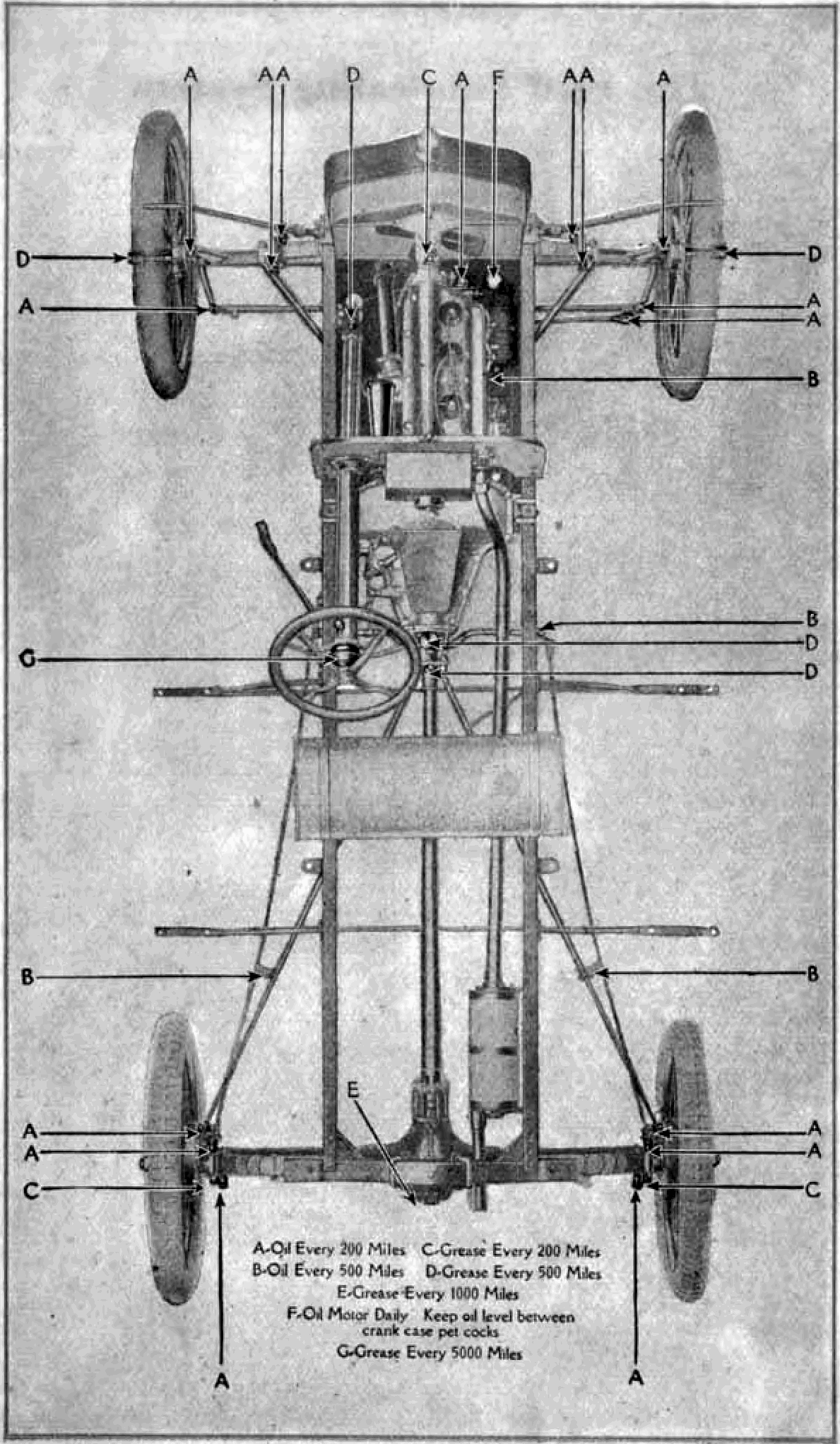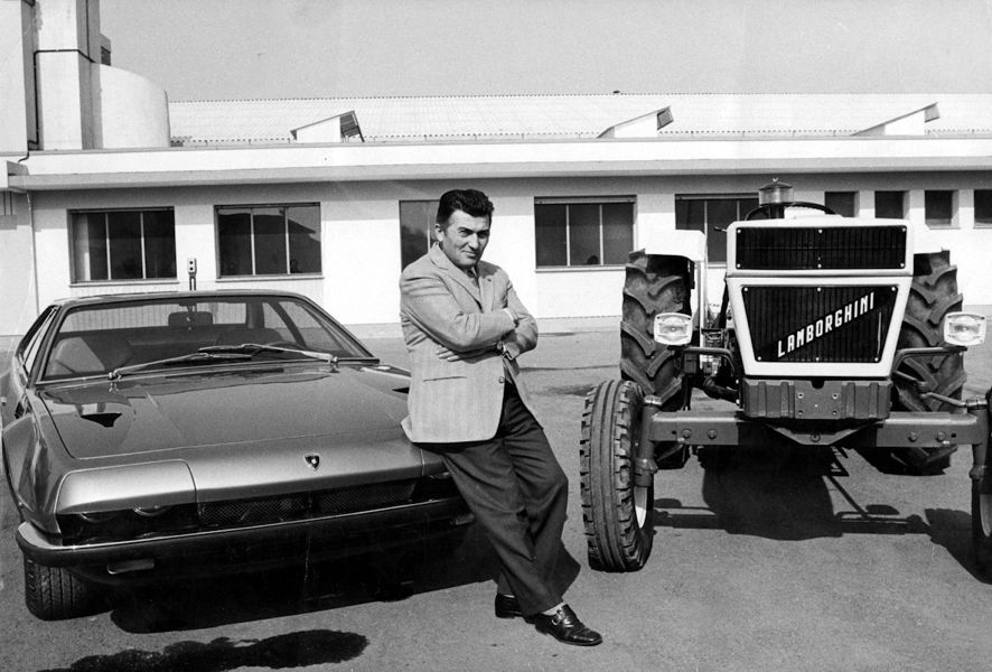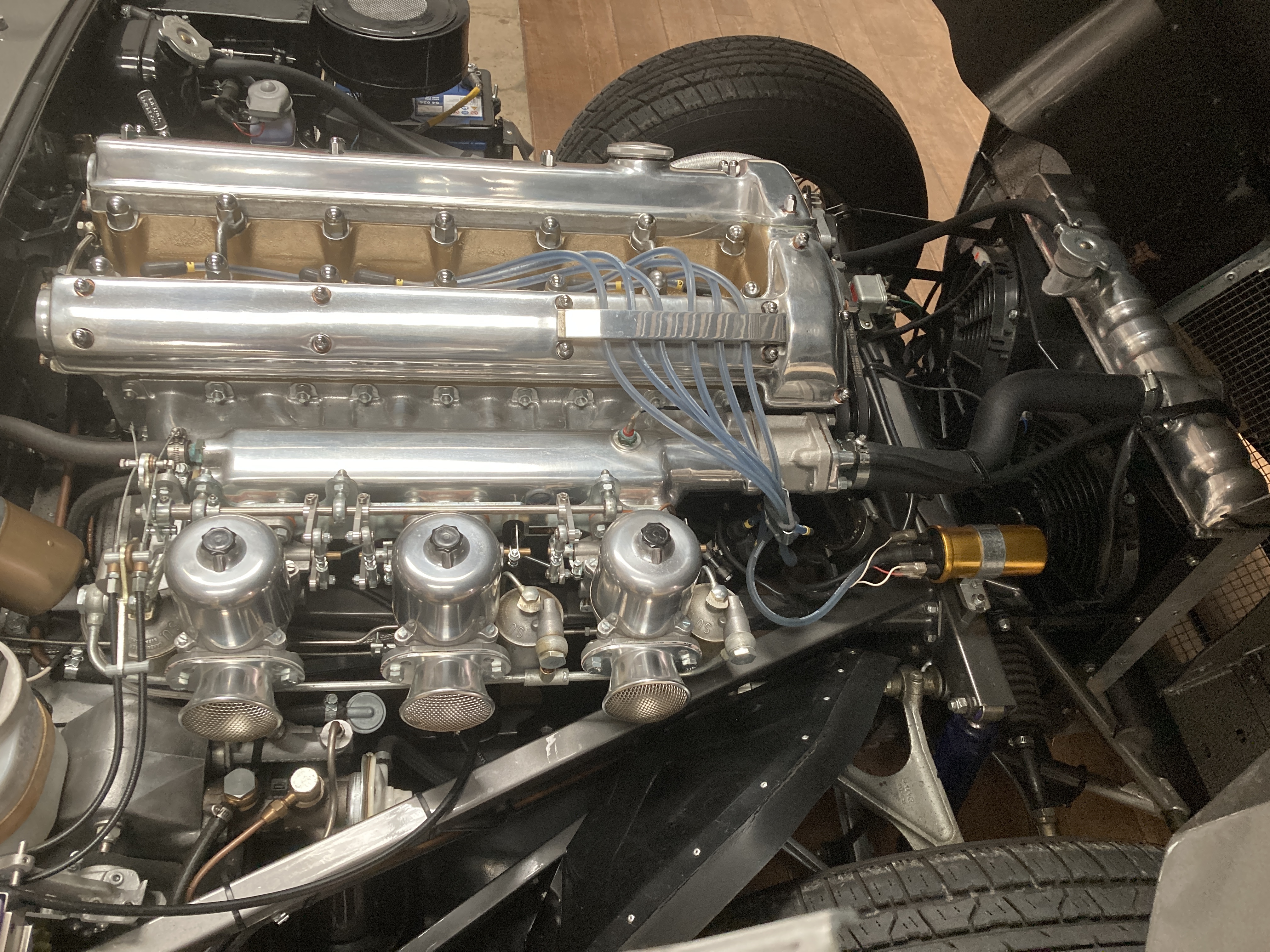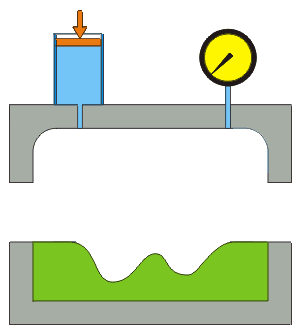|
Subframe
A subframe is a structural component of a vehicle, such as an automobile or an aircraft, that uses a discrete, separate structure within a larger body-on-frame or unibody to carry specific components like the powertrain, drivetrain, and suspension. The subframe is typically bolted or welded to the vehicle. When bolted, it often includes rubber bushings or springs to dampen vibrations. The primary purposes of using a subframe are to distribute high chassis loads over a wide area of relatively thin sheet metal of a monocoque body shell and to isolate vibrations and harshness from the rest of the body. For example, in an automobile with its powertrain contained in a subframe, forces generated by the engine and transmission can be sufficiently damped to prevent disturbing the passengers. Modern vehicles use separate front and rear subframes to reduce overall weight and cost while maintaining structural integrity. Additionally, subframes benefit production by allowing subassembl ... [...More Info...] [...Related Items...] OR: [Wikipedia] [Google] [Baidu] |
Body-on-frame
Body-on-frame is a traditional motor vehicle construction method whereby a separate coachwork, body or coach is mounted on a strong and relatively rigid vehicle frame or chassis that carries the powertrain (the engine and drivetrain) and to which the wheels and their Car suspension, suspension, brakes, and steering are mounted. Whereas this was the original method of building automobiles, body-on-frame construction is now used mainly for Pickup truck, pickup trucks, large SUVs, and heavy trucks. In the late 19th century, the frames, like those of the carriages they replaced, might be made of wood (commonly ash tree, ash), reinforced by steel flitch beam, flitch plates, but in the early 20th century, steel vehicle frame#Ladder frame, ladder frames or chassis rapidly became standard. Mass production of all-metal bodies began with the Budd Company and the Dodge Brothers. All-metal bodies became common in the 1920s, except for Europe, which followed almost a decade later. Europe's ... [...More Info...] [...Related Items...] OR: [Wikipedia] [Google] [Baidu] |
Lamborghini Aventador LP 700-4 Chassis - Flickr - J
Automobili Lamborghini S.p.A. ( , ), usually referred to as Lamborghini or colloquially Lambo, is an Italian manufacturer of luxury sports cars and SUVs based in Sant'Agata Bolognese. The company is owned by the Volkswagen Group through its subsidiary Audi. Ferruccio Lamborghini (1916–1993), an Italian Business magnate, manufacturing magnate, founded Automobili Ferruccio Lamborghini S.p.A. in 1963 to compete with Ferrari. The company was noted for using a rear mid-engine, rear-wheel-drive layout, rear mid-engine, rear-wheel drive layout. Lamborghini grew rapidly during its first decade, but sales plunged in the wake of the 1973–1974 stock market crash, 1973 worldwide financial downturn and the 1973 oil crisis, oil crisis. The firm's ownership changed three times after 1973, including a bankruptcy in 1978. American Chrysler, Chrysler Corporation took control of Lamborghini in 1987 and sold it to Malaysian investment group Mycom Setdco and Indonesian group V'Power Corporation ... [...More Info...] [...Related Items...] OR: [Wikipedia] [Google] [Baidu] |
Transmission (mechanical Device)
A transmission (also called a gearbox) is a mechanical device invented by Louis Renault (who founded Renault) which uses a gear set—two or more gears working together—to change the speed, direction of rotation, or torque multiplication/reduction in a machine. Transmissions can have a single fixed-gear ratio, multiple distinct gear ratios, or continuously variable ratios. Variable-ratio transmissions are used in all sorts of machinery, especially vehicles. Applications Early uses Early transmissions included the right-angle drives and other gearing in windmills, horse-powered devices, and steam-powered devices. Applications of these devices included pumps, mills and hoists. Bicycles Bicycles traditionally have used hub gear or Derailleur gear transmissions, but there are other more recent design innovations. Automobiles Since the torque and power output of an internal combustion engine (ICE) varies with its rpm, automobiles powered by ICEs require multi ... [...More Info...] [...Related Items...] OR: [Wikipedia] [Google] [Baidu] |
Auto Parts
This is a list of auto parts, which are manufactured components of automobiles. This list reflects both fossil-fueled cars (using internal combustion engines) and electric vehicles; the list is not exhaustive. Many of these parts are also used on other motor vehicles such as trucks and buses. Car body and main parts Body components, including trim Doors Windows Low voltage/auxiliary electrical system and electronics Audio/video devices Cameras Low voltage electrical supply system Gauges and meters Ignition system Lighting and signaling system Sensors Starting system Electrical switches Wiring harnesses Miscellaneous Interior Also referred to as the ''cab'' or ''cabin''. Floor components and parts *Carpet and rubber and other floor material * Center console (front and rear) Other components * Roll cage or Exo cage * Dash panel Car seat * Armrest *Bench seat * Bucket seat * Child safety seat *Fastener * ... [...More Info...] [...Related Items...] OR: [Wikipedia] [Google] [Baidu] |
Chevrolet Astro
The Chevrolet Astro is a minivan that was manufactured and marketed by the Chevrolet division of American auto manufacturer General Motors from 1985 to 2005. Sold alongside the GMC Safari, the Astro was marketed in multiple configurations, including passenger van and cargo van. The Astro and Safari used a rear-wheel-drive chassis; all-wheel drive became an option in 1990. For its entire production, the Astro and Safari were produced by Baltimore Assembly in Baltimore, Maryland; the vans would be the final model line produced by the facility. In total, approximately 3.2 million Astros and Safaris were produced from 1985 through 2005. Background The Astro and Safari were introduced for the 1985 model year as the first minivan from General Motors. While marketed as a response to the first-generation Chrysler minivans, GM selected a rear-wheel drive layout, sizing the Astro and Safari closely to the short-wheelbase Chevrolet G10 van. Similar to the Ford Aerostar, to reduce prod ... [...More Info...] [...Related Items...] OR: [Wikipedia] [Google] [Baidu] |
General Motors F Platform
The F platform, or F-body, was General Motors' rear-wheel drive pony car automobile platform from 1967 until 2002. It was based partially on the GM X platform, which was used for compact applications instead of the sporting intent of the F-Body. The only two vehicles to have been built using the F-Body platform are the Chevrolet Camaro and the Pontiac Firebird. The fourth character in the Vehicle Identification Number for an F-body car is "F" on model year 1985 and up vehicles. Earlier Camaros and Firebirds had differing VIN codes, but are now commonly referred to as F-bodies. First generation (1967–1969) The first F-body cars were produced in 1966 for the 1967 model year, as GM's response to the Ford Mustang and later the Mercury Cougar. Originally designed strictly as the platform for the Camaro, Pontiac engineers were given a short amount of time prior to the Camaro's release to produce a version that matched their corporate styling as well. The F-Body was available as both ... [...More Info...] [...Related Items...] OR: [Wikipedia] [Google] [Baidu] |
General Motors X Platform (RWD)
The General Motors X platform (also called X-body) is a rear-wheel drive compact car automobile platform produced from the 1962 to 1979 model years. Developed by Chevrolet, the architecture was initially unique in the U.S. to the Chevy II, first joined by the Pontiac Ventura in 1971, then a range of other GM products as its divisions expanded their compact model lines. For 1980, the platform was discontinued and the X-body designation was reused for its downsized front-wheel drive successor, the first FWD compact car architecture produced by General Motors. Overview The X-platform is a rear-wheel drive architecture that was introduced by Chevrolet for 1962 as a more conventional alternative to both the Y-platform compacts of Buick, Pontiac, and Oldsmobile, and the Z-platform Chevrolet Corvair, with Chevrolet debuting the architecture for 1962 with the Chevy II compact sedan. Using a semi-unibody configuration, the X-platform body was a unitized body from the firewall ... [...More Info...] [...Related Items...] OR: [Wikipedia] [Google] [Baidu] |
General Motors
General Motors Company (GM) is an American Multinational corporation, multinational Automotive industry, automotive manufacturing company headquartered in Detroit, Michigan, United States. The company is most known for owning and manufacturing four automobile brands: Chevrolet, Buick, GMC (marque), GMC, and Cadillac, each a separate division of GM. By total sales, it has continuously been the largest automaker in the United States, and was the List of manufacturers by motor vehicle production, largest in the world for 77 years before losing the top spot to Toyota in 2008. General Motors operates manufacturing plants in eight countries. In addition to its four core brands, GM also holds interests in Chinese brands Baojun and SAIC-GM-Wuling, Wuling via SAIC-GM-Wuling, SAIC-GM-Wuling Automobile. GM further owns GM Defense, a namesake defense vehicles division which produces military vehicles for the United States government and military, the vehicle safety, security, and information ... [...More Info...] [...Related Items...] OR: [Wikipedia] [Google] [Baidu] |
Jaguar E-Type
The Jaguar E-Type, or the Jaguar XK-E for the North American market, is a British FMR layout, front mid-engined sports car that was manufactured by Jaguar Cars, Jaguar Cars Ltd from 1961 to 1974. Its sleek appearance, advanced technologies, high performance, and competitive pricing established it as an icon. The E-Type's claimed top speed,New Jaguar Car Has Top Speed of 150 M.P.H. ''The Times'', Wednesday, 15 Mar 1961; p. 7; Issue 55030 sub-7-second 0 to 60 mph (97 km/h) acceleration, largely unibody, unitary body construction, front and rear independent suspension with disc brakes, mounted inboard at the rear, and rack-and-pinion steering spurred industry-wide changes.Jaguar Model Guides: The E-Type , www.jcna.com, accessed 1 October 2019 The E-Type was based on Jaguar's Jaguar D-Type, D-Type rac ... [...More Info...] [...Related Items...] OR: [Wikipedia] [Google] [Baidu] |
Mini (Mark I)
The Mark I Mini (1959–1967) was the first version of British Motor Corporation's Mini model. It is characterised by its sliding windows, external door hinges and "moustache" grille. In the United Kingdom the Mark I was produced between 1959 and 1967 at the Longbridge Plant near BMC's headquarters, with production in Australia continuing until 1970. The Mini Mark I was sold under both Austin and Morris marque names. Design Designed as project ADO15 (Austin Drawing Office 15), the first models were marketed with the names Austin Seven (often written as SE7EN) and Morris Mini-Minor in England. Until 1962, they appeared as the Austin 850 and Morris 850 in some export markets. The production model differed from the original prototype (affectionately named "The Orange Box" because of its colour) due to the addition of a modified front subframe, on which the engine was mounted, and by the engine being mounted with the carburettor at the back, rather than at the front, as in t ... [...More Info...] [...Related Items...] OR: [Wikipedia] [Google] [Baidu] |
Hydroforming
Hydroforming is a means of shaping ductile metals such as aluminium, brass, low alloy steel, and stainless steel into lightweight, structurally stiff and strong pieces. One of the largest applications of cost-effective hydroforming is the automotive industry, which makes use of the complex shapes made possible by hydroforming to produce stronger, lighter, and more rigid unibody structures for vehicles. This technique is particularly popular with the high-end sports car industry and is also frequently employed in the shaping of aluminium tubes for bicycle frames. Hydroforming is a specialized type of die forming that uses a high pressure hydraulic fluid to press room temperature working material into a die. To hydroform aluminium into a vehicle's frame rail, a hollow tube of aluminium is placed inside a negative mold that has the shape of the desired result. High pressure hydraulic pumps then inject fluid at very high pressure inside the aluminium tube which causes it to expand ... [...More Info...] [...Related Items...] OR: [Wikipedia] [Google] [Baidu] |





